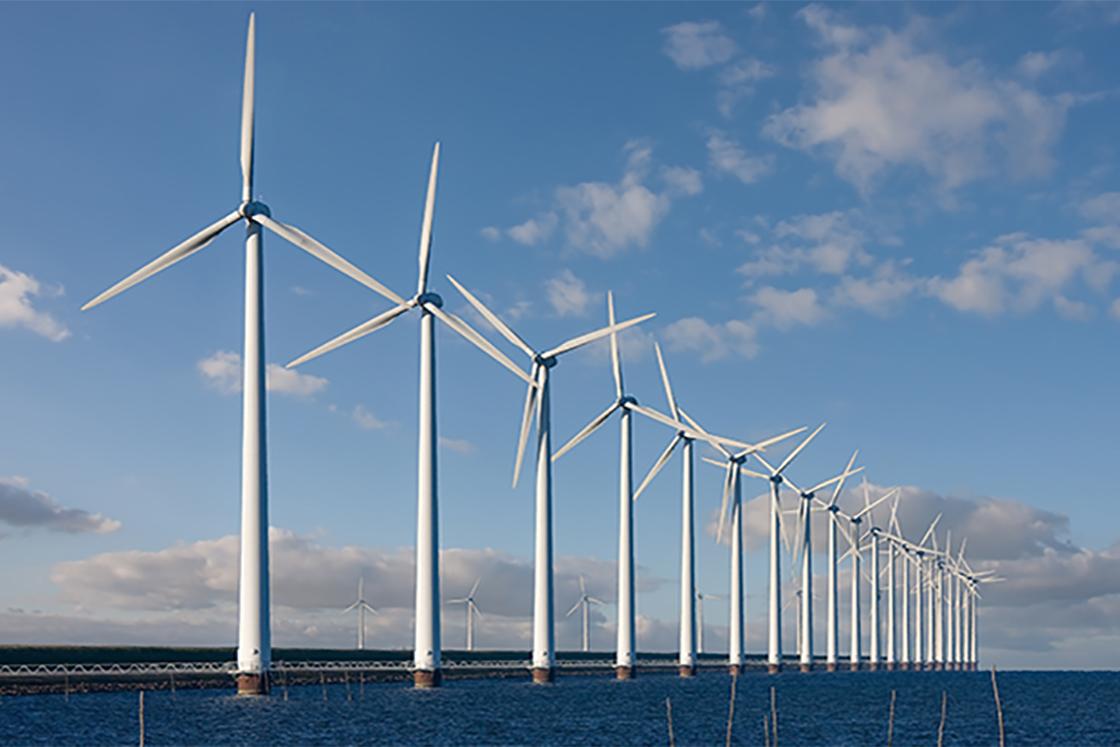Wind Turbine Gear Oil Market Driven by Increasing Turbine Sizes and Demands for High Load Capacities

As the global energy landscape transitions toward renewables, wind power continues to expand rapidly. Supporting this growth is a complex web of components and systems, one of which is gear oil essential for the smooth and reliable operation of geared wind turbines. While the wind turbine gear oil market has seen steady growth over the last decade, it is not without its challenges. A deeper look into the key restraints reveals the hurdles faced by manufacturers, developers, and operators in this evolving industry.
1. Rise of Gearless Wind Turbines
One of the most notable restraints on the wind turbine gear oil market is the shift towards direct-drive, or gearless, wind turbines. Unlike traditional turbines that use gearboxes to transfer mechanical energy, direct-drive systems eliminate the gearbox entirely. This means there is no need for gear oil a development that directly impacts lubricant demand.
Gearless turbines have become increasingly popular in offshore applications due to their lower maintenance requirements and higher reliability in harsh environments. While these systems are currently more expensive and bulkier than geared alternatives, ongoing innovations are making them more competitive. If direct-drive technology continues to evolve and drop in cost, the reduction in gearbox-equipped turbines could significantly reduce the demand for gear oils.
2. High Cost of Synthetic Gear Oils
Synthetic gear oils dominate the wind turbine market due to their superior performance in extreme temperatures, better oxidation stability, and extended service life. However, these benefits come at a premium. The cost of synthetic gear oils is substantially higher than that of conventional mineral-based oils, which can deter adoption especially for small or cost-sensitive wind operators.
Many developing regions with growing wind energy sectors, such as parts of Africa or Southeast Asia, are highly price-sensitive. In these markets, operators may be more reluctant to invest in high-end lubricants, choosing instead cheaper alternatives that may compromise long-term turbine health and increase maintenance frequency.
3. Maintenance and Accessibility Challenges
Wind turbine gearboxes require regular monitoring and oil changes to ensure optimal operation. This maintenance process becomes significantly more complicated for offshore wind farms or remote installations. Accessing these turbines for routine service can be time-consuming and expensive, particularly in extreme weather conditions.
The logistical hurdles and cost of transporting personnel and equipment to offshore turbines often lead to extended service intervals. This increases the risk of oil degradation, component wear, and ultimately turbine failure. Operators may also delay maintenance due to weather restrictions or staffing shortages, leading to operational inefficiencies and further restraining the market's growth potential.
4. Environmental and Regulatory Pressures
As sustainability becomes a focal point in all industrial sectors, gear oil manufacturers face mounting regulatory scrutiny. The environmental risks associated with oil leaks or improper disposal of used oil are significant concerns, especially in offshore environments where containment is challenging. Strict regulations governing lubricant use, spill prevention, and disposal increase operational burdens for wind farm operators and lubricant suppliers alike.
To comply, manufacturers must invest in the development of biodegradable, non-toxic gear oils products that often come with higher research and production costs. These requirements can slow down product development and limit the availability of approved lubricants in certain markets, particularly where regulatory frameworks vary or are still evolving.
5. Supply Chain Disruptions and Material Shortages
The global supply chain disruptions caused by events such as the COVID-19 pandemic and geopolitical conflicts have affected nearly every industry, and the wind turbine gear oil market is no exception. Shortages of key raw materials used in the production of synthetic oils, such as base oils and additive packages, have led to delays and increased costs.
Furthermore, international shipping delays and customs constraints make it more difficult for gear oil manufacturers to meet global demand, especially in emerging markets that rely on imported products. These logistical restraints have heightened awareness around the need for more localized production, but establishing new facilities involves significant investment and time.
6. Technological Complexity and Integration Issues
As wind turbines become more sophisticated—with smart sensors, condition monitoring, and automation the requirements for gear oils also become more stringent. Oils must now be compatible with digital monitoring systems and meet evolving OEM (Original Equipment Manufacturer) specifications. This places additional pressure on lubricant developers to constantly innovate and customize their products.
Not all manufacturers can keep up with the rapid pace of technological advancement, especially smaller or regional suppliers. This can limit the availability of qualified lubricants and potentially hinder turbine deployment or cause compatibility issues in existing infrastructure.
Looking Ahead
While the wind turbine gear oil market continues to grow in tandem with renewable energy adoption, it's important to acknowledge and address the restraints that could slow its momentum. From technological disruptions like gearless turbines to practical challenges such as high costs and maintenance logistics, these factors underscore the need for innovation, policy alignment, and strategic planning.
Opportunities still abound for manufacturers who can develop cost-effective, environmentally responsible, and high-performance lubricants that meet the evolving demands of modern turbines. Navigating these restraints will be key to unlocking the full potential of this niche yet vital component of the renewable energy ecosystem.
- Art
- Causes
- Crafts
- Dance
- Drinks
- Film
- Fitness
- Food
- Games
- Gardening
- Health
- Home
- Literature
- Music
- Networking
- Other
- Party
- Religion
- Shopping
- Sports
- Theater
- Wellness


